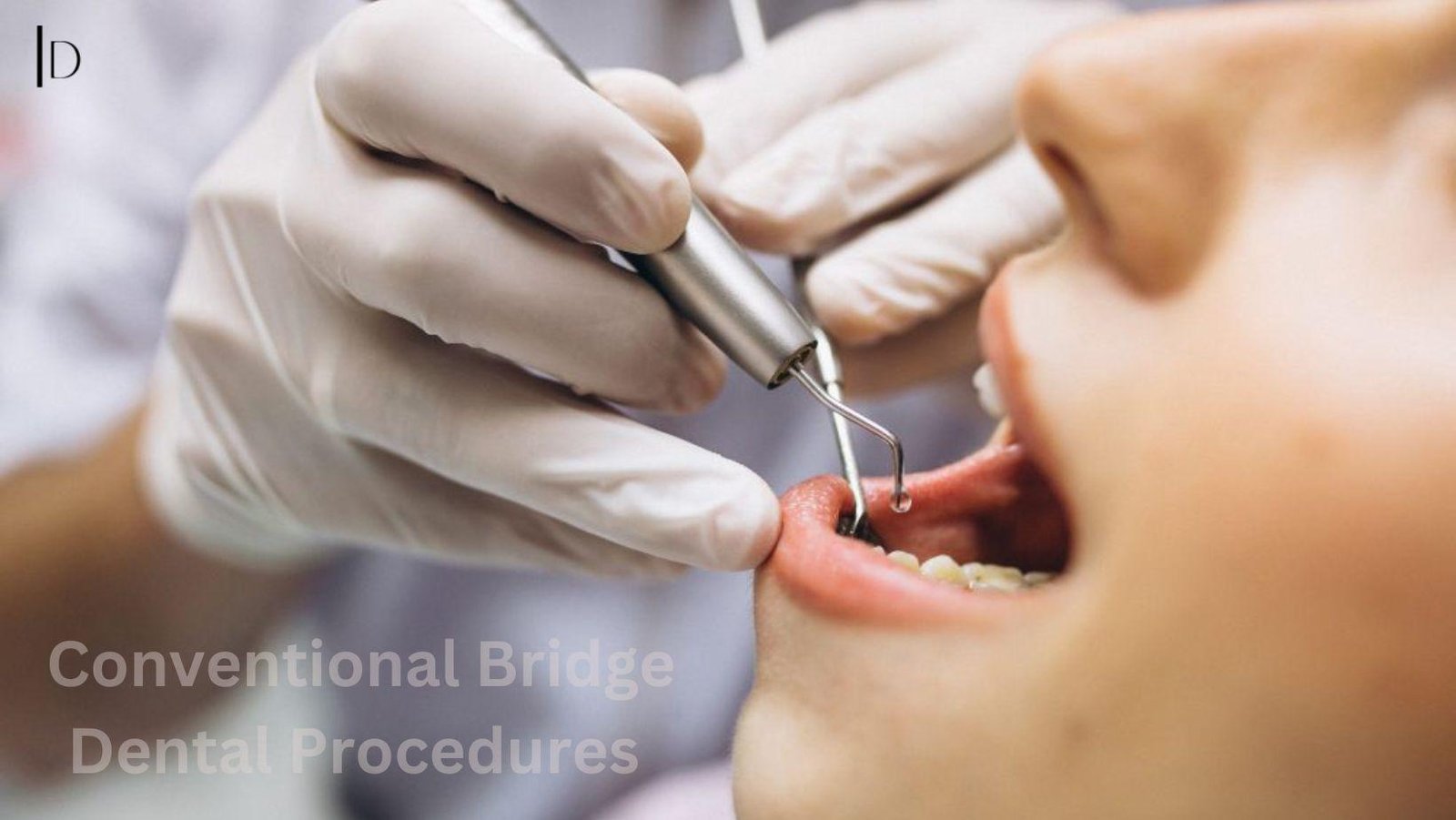Category: Conventional Bridge Dental

Benefits and Considerations of Conventional Bridge Dental Procedures
April 4, 2024Understanding Conventional Bridge Dental Procedures
Conventional bridge dental procedures are called dental bridges. They are a type of dental restoration used to replace one or more missing teeth. A bridge consists of one or more artificial teeth, known as pontics. These pontics are anchored in place by dental crowns placed on the teeth adjacent to the gap. The crowns act as supports or abutments for the pontic, bridging the space created by the missing tooth or teeth.
The Benefits of Conventional Bridge Dental Procedures
- Restoration of Functionality: Bridges restore the ability to chew and speak properly, improving overall dental function.
- Aesthetic Enhancement: Bridges fill in gaps left by missing teeth, restoring a natural-looking smile and enhancing facial appearance.
- Preservation of Adjacent Teeth: Bridges do not significantly alter adjacent teeth, unlike some other tooth replacement options. This preserves the natural structure of the adjacent teeth.
- Durability: When properly cared for, dental bridges can last for many years, providing long-term reliability and functionality.
- Customization: Dentists customize bridges to match the color of your natural teeth, adjusting their size and shape for a seamless, natural look.
Important Considerations
- Suitability: Conventional bridge procedures can effectively solve the problem of missing teeth for many individuals. However, it’s essential to recognize that not everyone may be a suitable candidate.
- Maintenance: Proper oral hygiene practices are essential. Including regular brushing, flossing, and dental check-ups. These practices help maintain the health and longevity of dental bridges.
- Cost: While dental bridges offer numerous benefits, they can be more expensive than some other tooth replacement options. However, they are often covered by dental insurance to some extent.
- Potential Complications: In some cases, complications such as decay, gum disease, or damage to the abutment teeth may occur. Regular dental visits can help identify and address any issues early on.
Conclusion
Conventional bridge dental remain a reliable and effective solution for restoring missing teeth and improving overall dental health and aesthetics. By understanding the benefits, considerations, and potential outcomes associated with conventional dental bridges, patients can make informed decisions about their oral health care.
